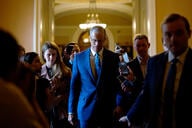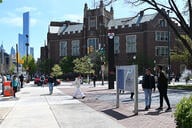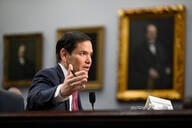You have /5 articles left.
Sign up for a free account or log in.
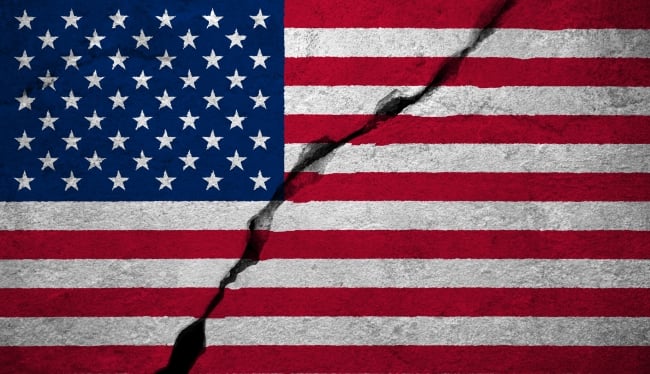
iStock
Fewer freshmen than ever identify as politically centrist, reflecting the overall partisan polarization of the country, a new survey shows.
A little more than 42 percent of first-year students who participated in the annual American Freshman Survey indicated they were “middle-of-the-road” on political issues. This is the lowest percentage of moderate students the survey -- a product of the Cooperative Institutional Research Program at the University of California, Los Angeles -- has identified since it launched more than 50 years ago. In the late 1990s, the proportion of moderate students hovered above 50 percent.
The study calls the cohort of incoming freshmen in 2016 “the most politically polarized” in its history. Authors of the report gathered responses from more than 137,400 full-time freshmen at 184 four-year colleges and universities.
About 35.5 percent of students surveyed characterized themselves as liberal or far left, and about 22 percent considered themselves conservative, or far right.
Researchers noted a significant gender gap in political leanings. Roughly 41 percent of women, an all-time high in the history of the survey, identified as liberal -- far more than the 29 percent of men who said the same.
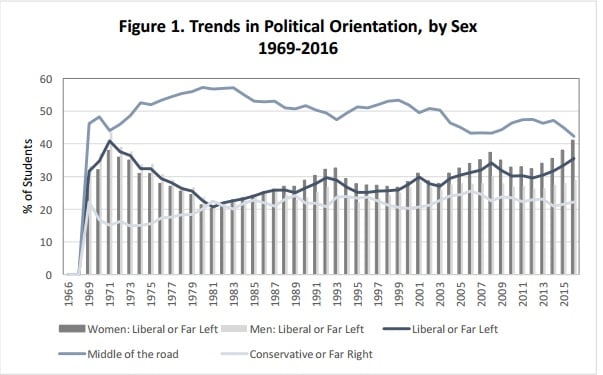 Accordingly, more women take stock in what is traditionally thought of as Democratic ideals, like the importance that the federal government combat climate change and create stricter gun control laws.
Accordingly, more women take stock in what is traditionally thought of as Democratic ideals, like the importance that the federal government combat climate change and create stricter gun control laws.
Approximately 82 percent of the women believed the government should prioritize efforts to combat climate change, about five percentage points more than the men included in the survey. Around three-quarters of the women surveyed wanted tighter gun laws, compared to a little less than 59 percent of men.
Students’ political tendencies also related to their level of empathy for other people -- a bit less than 87 percent of liberal students indicated they “strongly” or “somewhat strongly” tolerated others with different beliefs than theirs. Only 68 percent of conservative freshmen believed they were tolerant.
“The increased activism among entering college students we found in 2015 seemed to intensify in the months leading up the [presidential election], and our 2016 survey points to the diversity and polarity of how college freshmen perceive their place in the current political landscape,” Kevin Eagan, lead author of the report and managing director of UCLA’s Higher Education Research Institute, said in a statement. “The gender gap in students' political beliefs and levels of empathy suggests an opportunity for campuses to facilitate dialogues that bridge differences.”
As the study notes, the freshmen surveyed were beginning their undergraduate careers in fall 2016 -- one of the most divisive times in American political history. The country was deep into the presidential campaign season. For many of the students, this represented the first opportunity for them to vote.
“Those who voted weighed their values, evaluated the reliability of information pertaining to candidates’ policy proposals, and engaged in dialogue with friends and family about controversial issues before deciding which candidate received their vote,” the study reads.
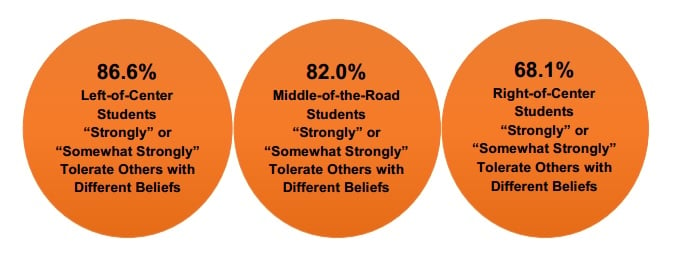
Authors of the study suggested that institutions should create programs or activities that would allow students with disparate political views to talk with one another.
Staying abreast of political issues is either “very important” or “essential “ to more than a quarter of the students, according to the report. Last year’s freshmen study reflected a rise in activism and protests on college campuses, though other data indicates when it actually came to voting, the younger generation faltered.
About 60 percent of all eligible voters participated in the presidential election, but only about half of those eligible people ages 18 to 29 voted, according to the United States Election Project.
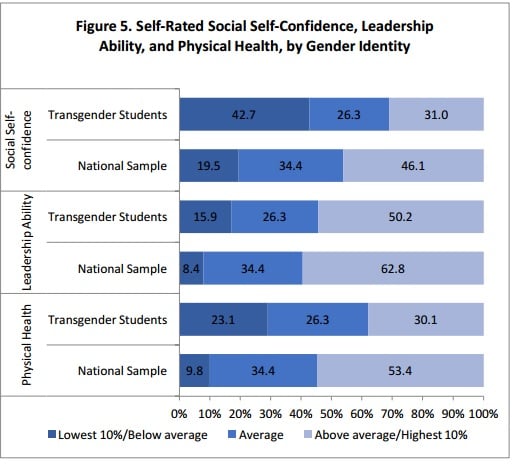 Other Findings in the Survey:
Other Findings in the Survey:
- Women and minorities are more likely to worry about the cost of college. About 16 percent of women expressed “major concerns” over paying for college versus 10 percent of men. A quarter of Latino students surveyed indicated the same, as well as 22 percent of black students.
- Half of the students said they would find a job during college to help defray college expenses, an increase of about four percentage points from last year -- roughly 46 percent. Again, women and minorities indicated they would be more likely to get a job compared to men and white students.
- The survey explored students with disabilities or disorders and overall mental health. About 22 percent of students reported they had at least one disability or disorder. Nearly 14 percent of students believed they would seek counseling during college, a major jump from decades ago. In the early 1990s, only 3.5 percent of students believed they would enter counseling. Almost 12 percent of students indicated feeling depressed “frequently,” and more than a third felt chronically anxious.
- Just in recent years has the survey started tracking the views of transgender students. Out of all the students, 702 identified as transgender. All the students were asked to determine their self-confidence in social situations, their leadership abilities and their physical health. More transgender students scored themselves as below average in all three categories compared to the overall national sample. For instance, a little less than 10 percent of the national sample indicated they were below average in physical health -- 23 percent of transgender students rated themselves as below average. The study showed, however, that transgender students are seemingly well equipped for the academic world.
- Nearly half of students on active military duty described themselves as “conservative” or “far right.”
- College students continue to crave social media, with about 41 percent of students reporting they used social media at least six hours a week. Students on the left side of the political spectrum used it more, with 45 percent in the six-hours-a-week bracket, and 36 percent of conservatives saying they used it six hours a week.

